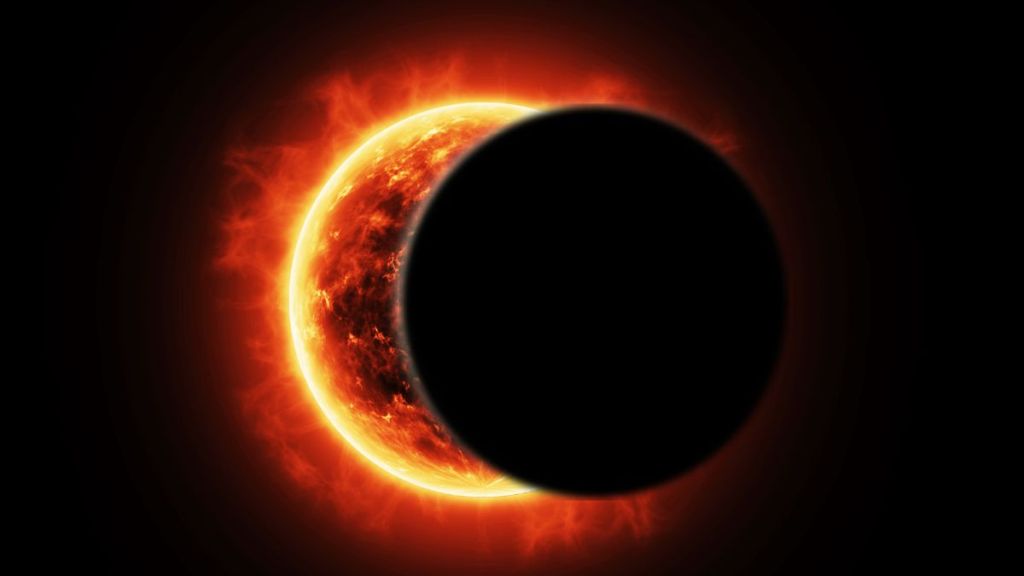Rumours on social media have claimed that the “whole world will go dark for six minutes” on August 2. It lays emphasis on the fact that it is a once-in-a-century occurrence. However, space agencies choose and differ and negate the false claims of this solar eclipse.
Space.com believes that this confusion might be triggered by another event predicted to occur on August 2, just two years later in 2027. This has been mistakenly called as the “eclipse of the century”. Interestingly, in 2024, a total solar eclipse did occur in Mexico, Canada and the US. It lasted for a maximum of about 4 minutes and 28 seconds, an unusually long period as per norm.
Will it really be ‘the eclipse of the century’?
Reports do believe in the display of the rare format on August 2, 2027. It is predicted to the longest eclipse on land of the entire 21st century, since 1991. The 2027 eclipse will have the longest remaining totality until July 16, 2114.
While it isn’t true that such an event won’t happen again for another 100 years, the total eclipse in 2027 will still feature the longest duration of totality in the next 87 years.
2027 Eclipse
While experts predicted the 2027 eclipse in advance, it will be more like an overall twilight and is wider than usual due to the moon’s closer position. On August 2, 2027, the eclipse’s path of totality will stretch about 160 miles (258 kilometres) wide and sweep across roughly 9,462 miles (15,227 kilometres) of Earth’s surface. That covers around 1.5 million square miles (2.5 million square kilometres) — impressive, yet still just a small fraction of Earth’s total area of 197 million square miles (510 million square kilometres).
This “path of totality” will be visible across 11 countries across North Africa and West Asia. The total solar eclipse will be visible to Spain, Gibraltar, Morocco, Algeria, Tunisia, Libya, Egypt, Sudan, Saudi Arabia, Yemen and Somalia. A partial eclipse will be visible across most of Africa, Europe and southern Asia. For the rest of the world, including North America, the dark day will not be apparent.
The closest partial solar eclipse, however, will be visible on September 21 when nearly 80% of the sun will be eclipsed by the moon. It can be spotted from the Pacific Ocean, including Fiji, Tahiti and New Zealand and Antarctica.









